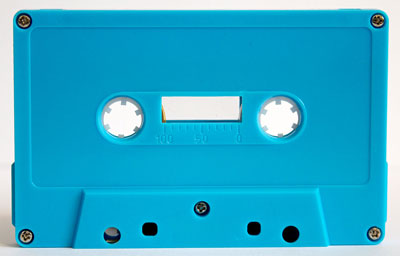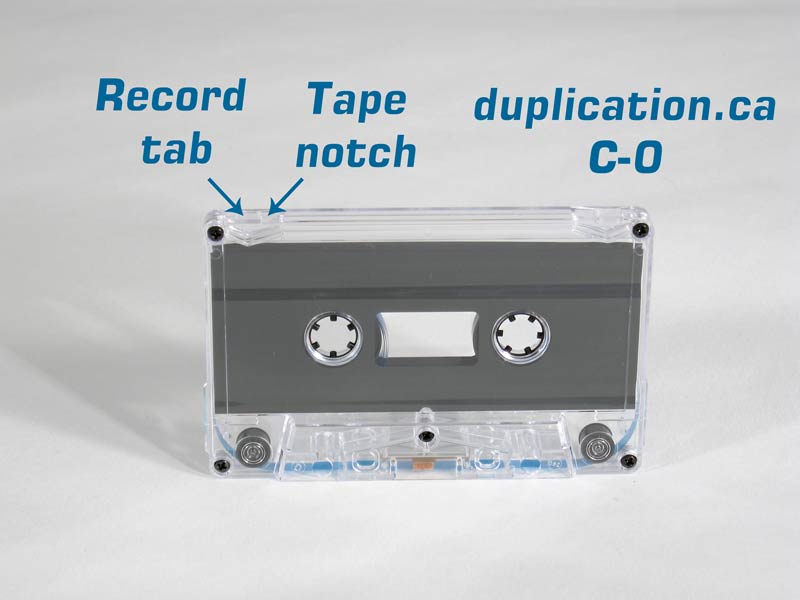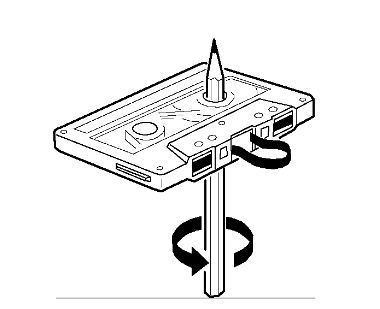Duplication.com has a selection of over a hundred different cassette shells and variants, with dozens in stock and immediately available. We base our stock on demand, so if you want us to restock a shell please let us know! We can also quickly restock for special orders. The stock levels should be quite accurate, but there is a high probability there are some miscounts.
Cassettes are available for duplication with print and packaging, or as blank tapes with your choice of length.
FILTERS

TONRPURPLETINT-USA

TONRWHTSCUSA

TINROLDCOMPUTER

TONRBLACKREC

TONRAQUABLUE

TONRBABYBLUEAWH

TONRBLUE2728

TONRSKYBLUESW2

TONRBRICK

TONRGRAY400

TONRGOLDSW

TINRGOLDPLATED

TONRRUBINE

TONRTURQYL

TONRWHTSONICYL

TONRWHTSONICRL

TONRTRANSYLWH

TONRREDTRANS

TONRPINKNEON

TONRSMOKETINT

TONRGLITTERRED

TINRGLITTER-SBR

TINRGLITTER-G-GR

TONRGLITTER-R-B-GR-G

TONRGLITTERPIZZA

TONRGLITTER-SBR

TONRGLITTERRED-Y

TONRGOLDFOIL

TONRREDFOIL2

TWHITERECYCLED

TONRBROWN1
TI = Record tabs in
TO = Record tabs out
NR = Normal bias recording, 120 µs EQ playback
CR = High bias recording, 70 µs EQ playback (for chrome or cobalt tape)
Many people put chrome or cobalt tape into normal shells. To do this you
MUST have a cassette recorder with a BIAS Selector button.
You will not be able to
record correctly on later-model cassette decks which use an auto-sensing pin to determine
the bias and EQ.

Note: Most of our cassettes are TABS OUT (check out tabsout.com for a cassette podcast) and for normal bias tape. If you want to record on regular cassette decks you must put a piece of scotch tape over the record tab holes, or choose the TAB IN cassettes... or disable the record tab sensor on your machine with some duct tape or a paperclip!
Notes:



Place a duplication order or buy blank cassettes